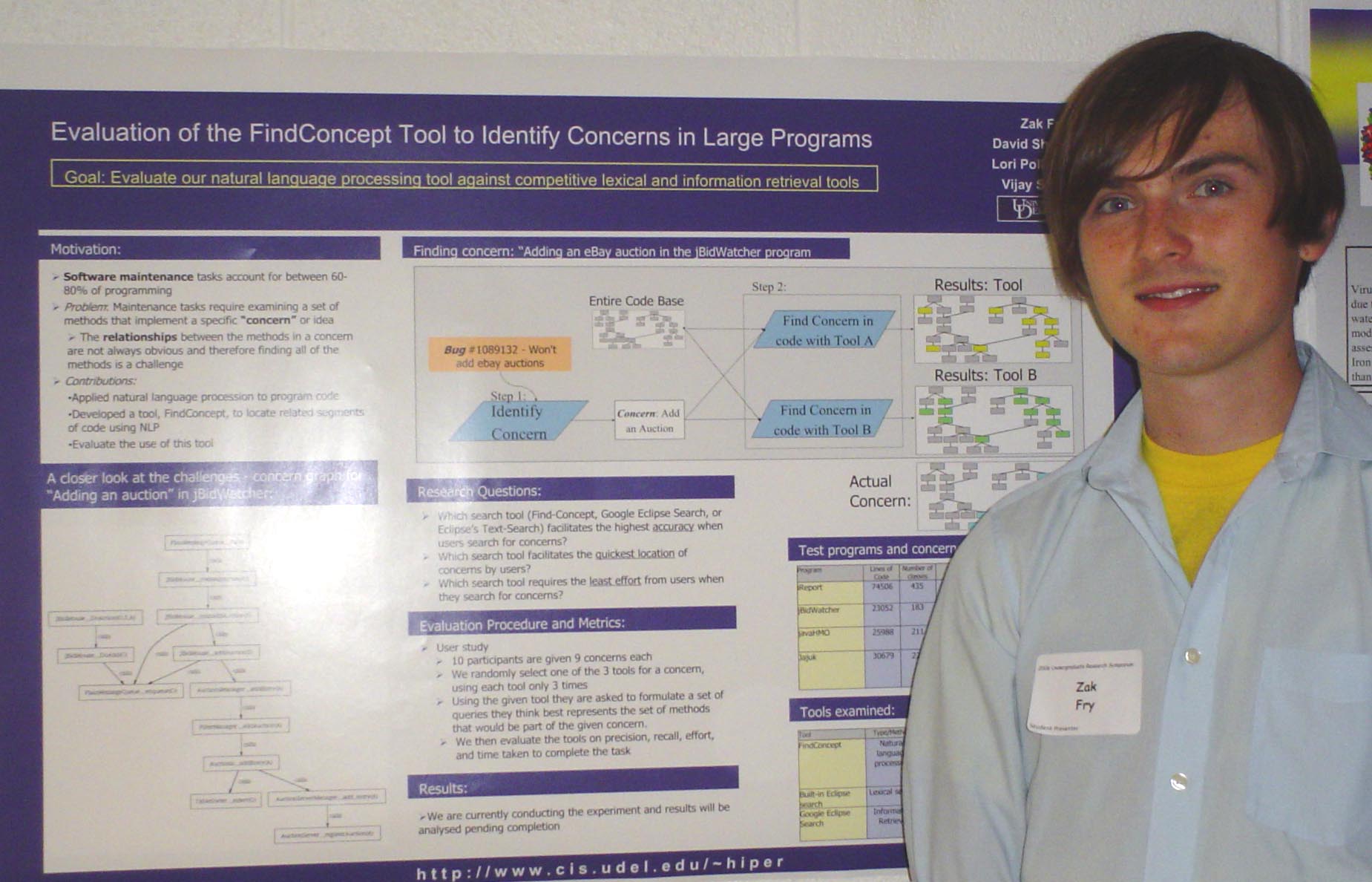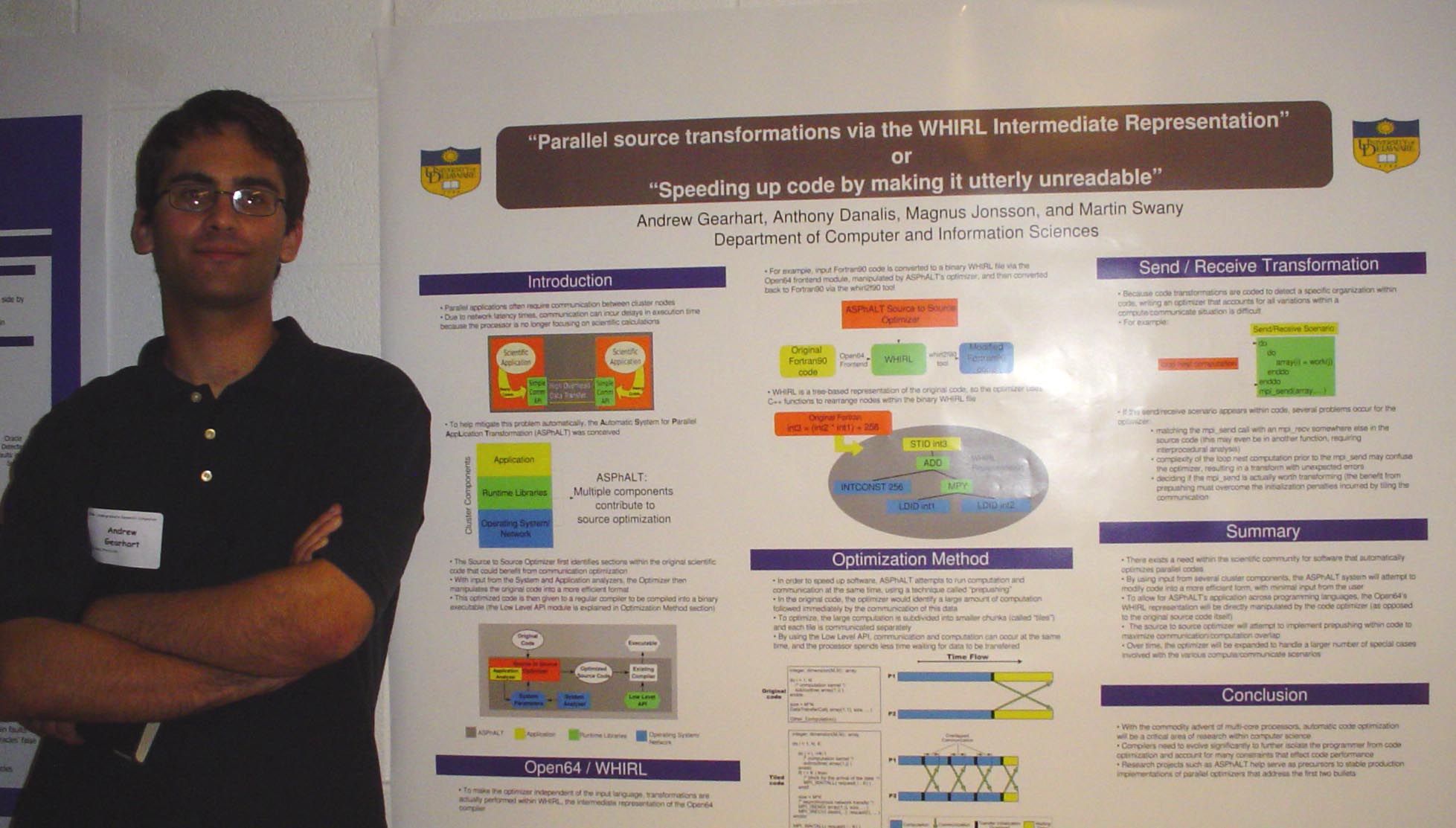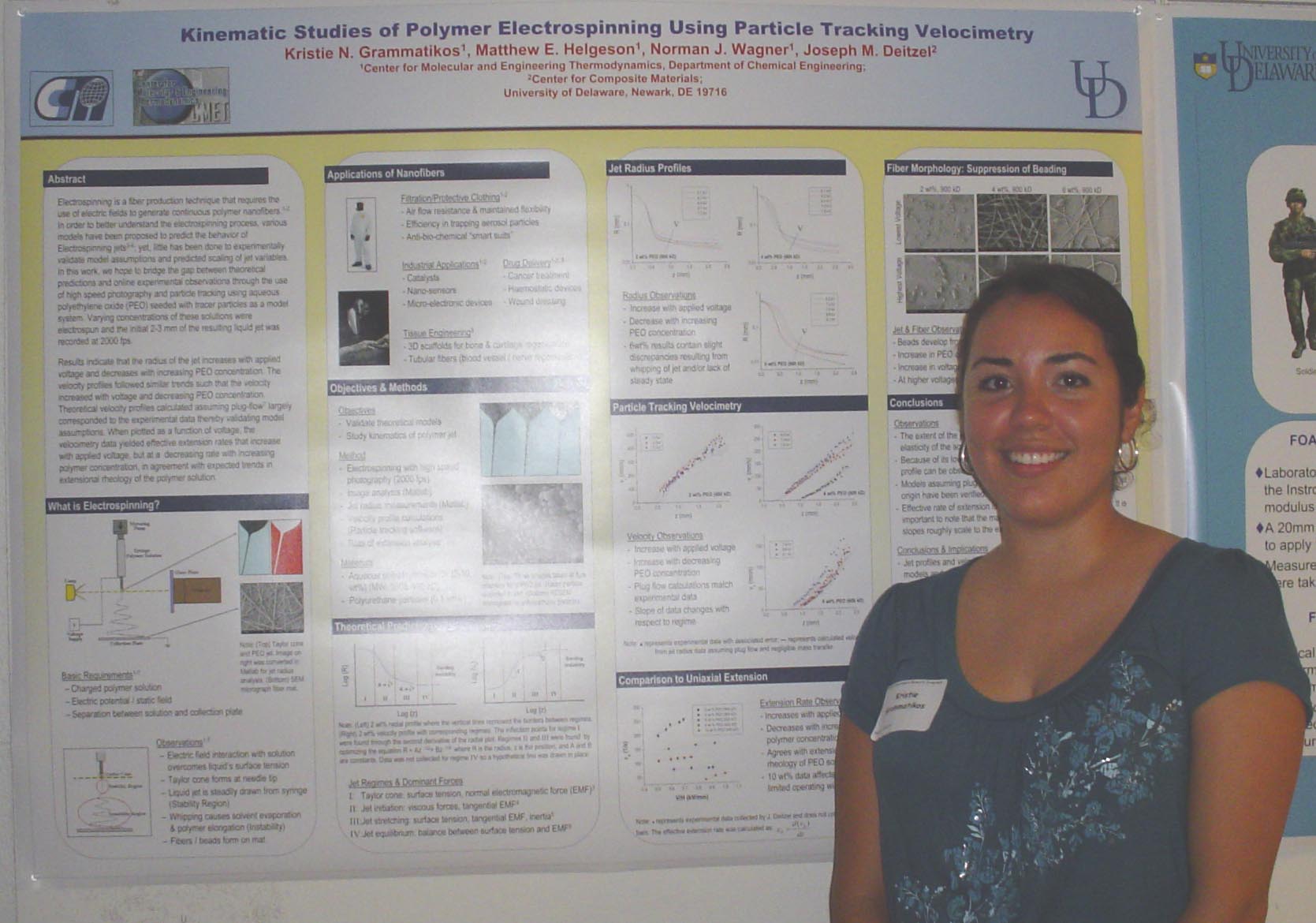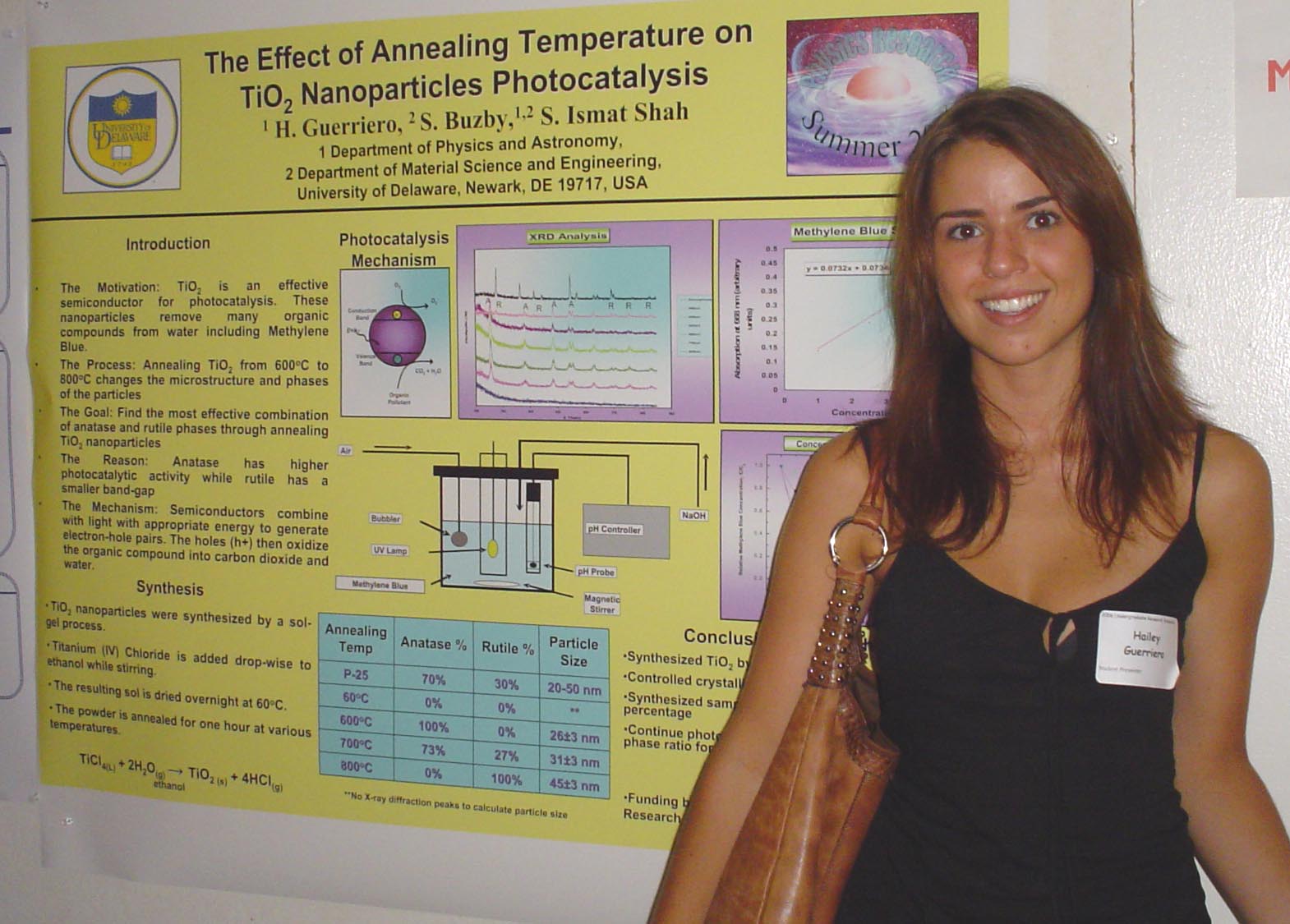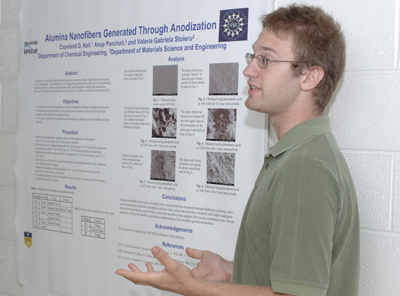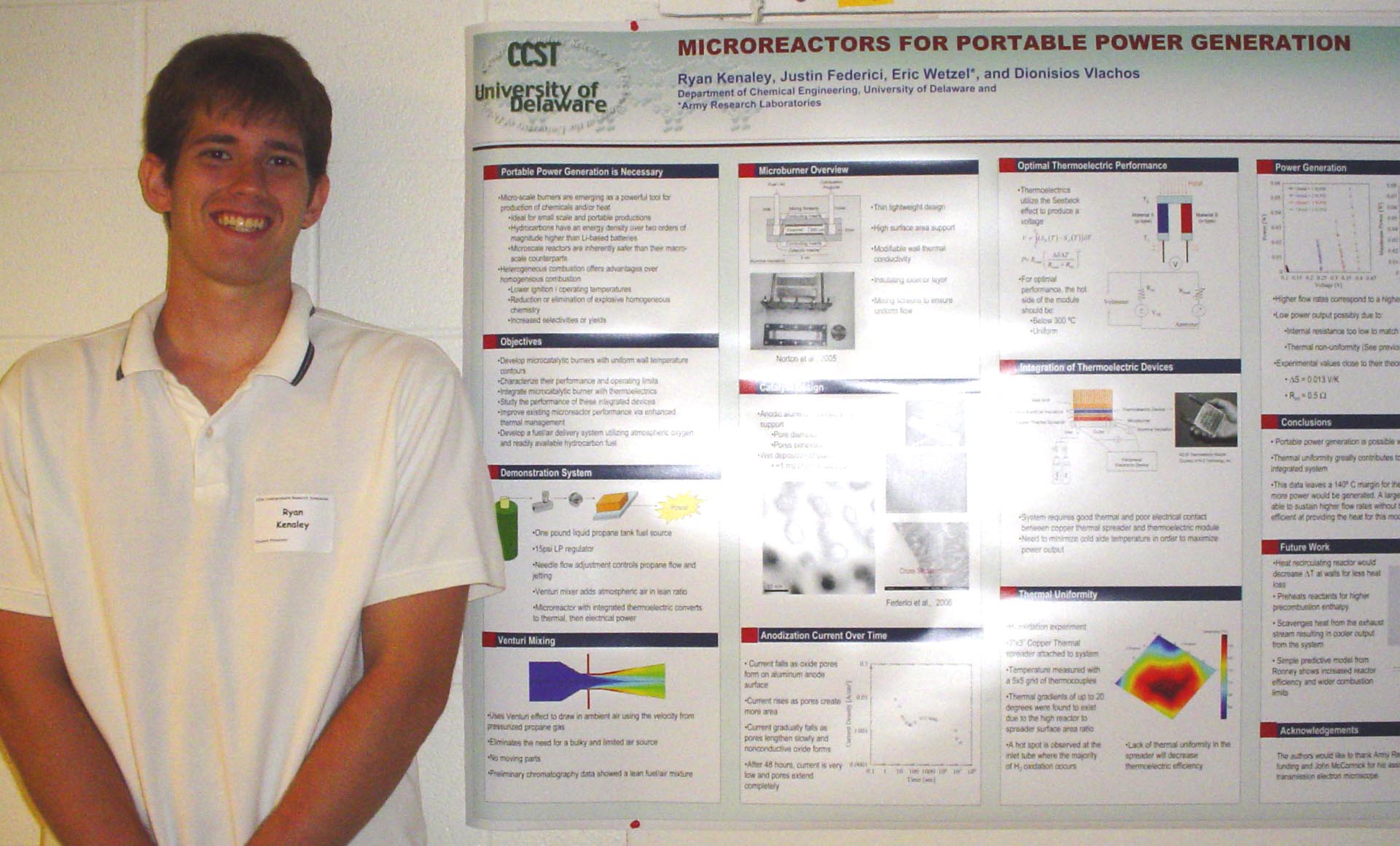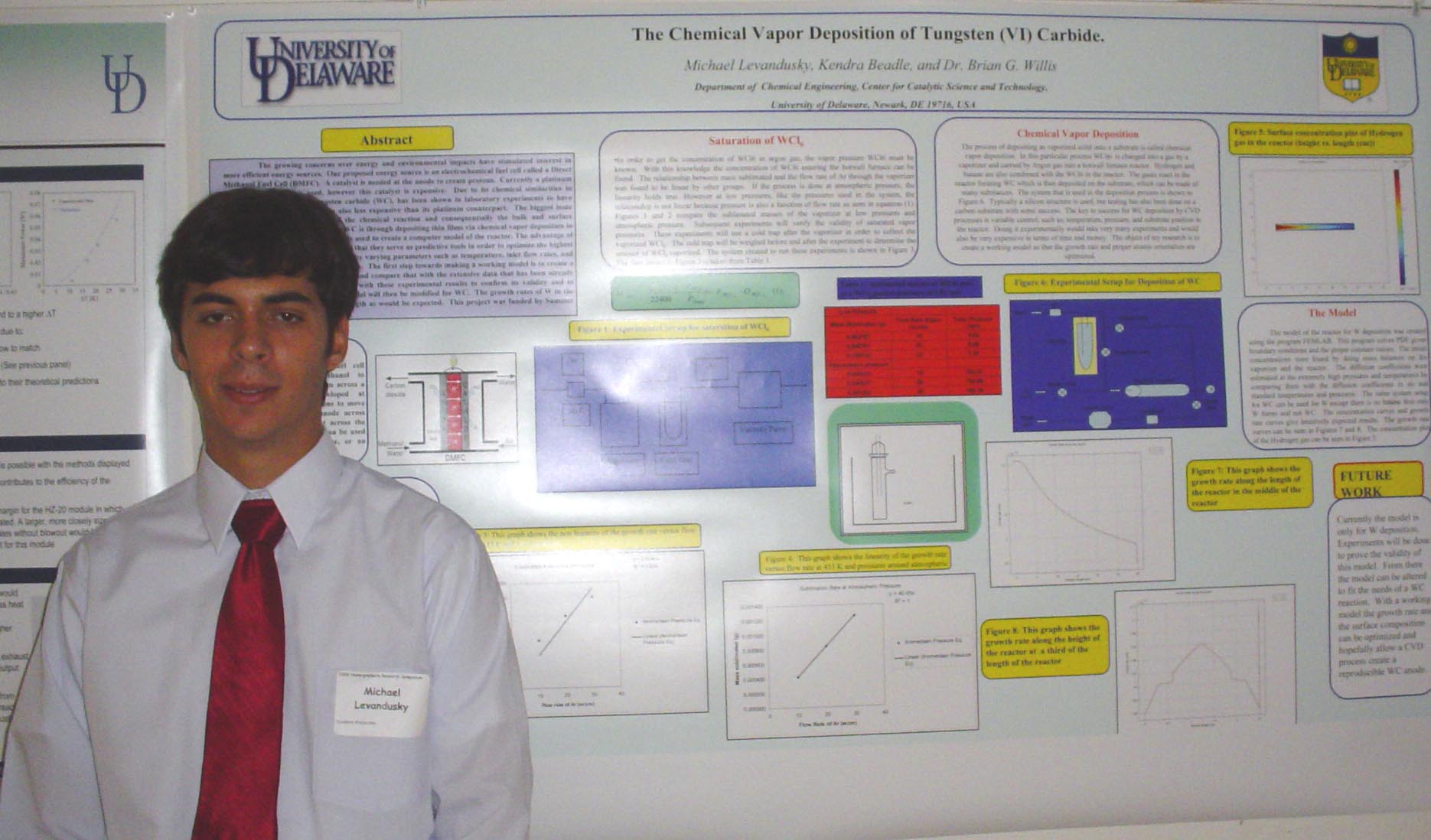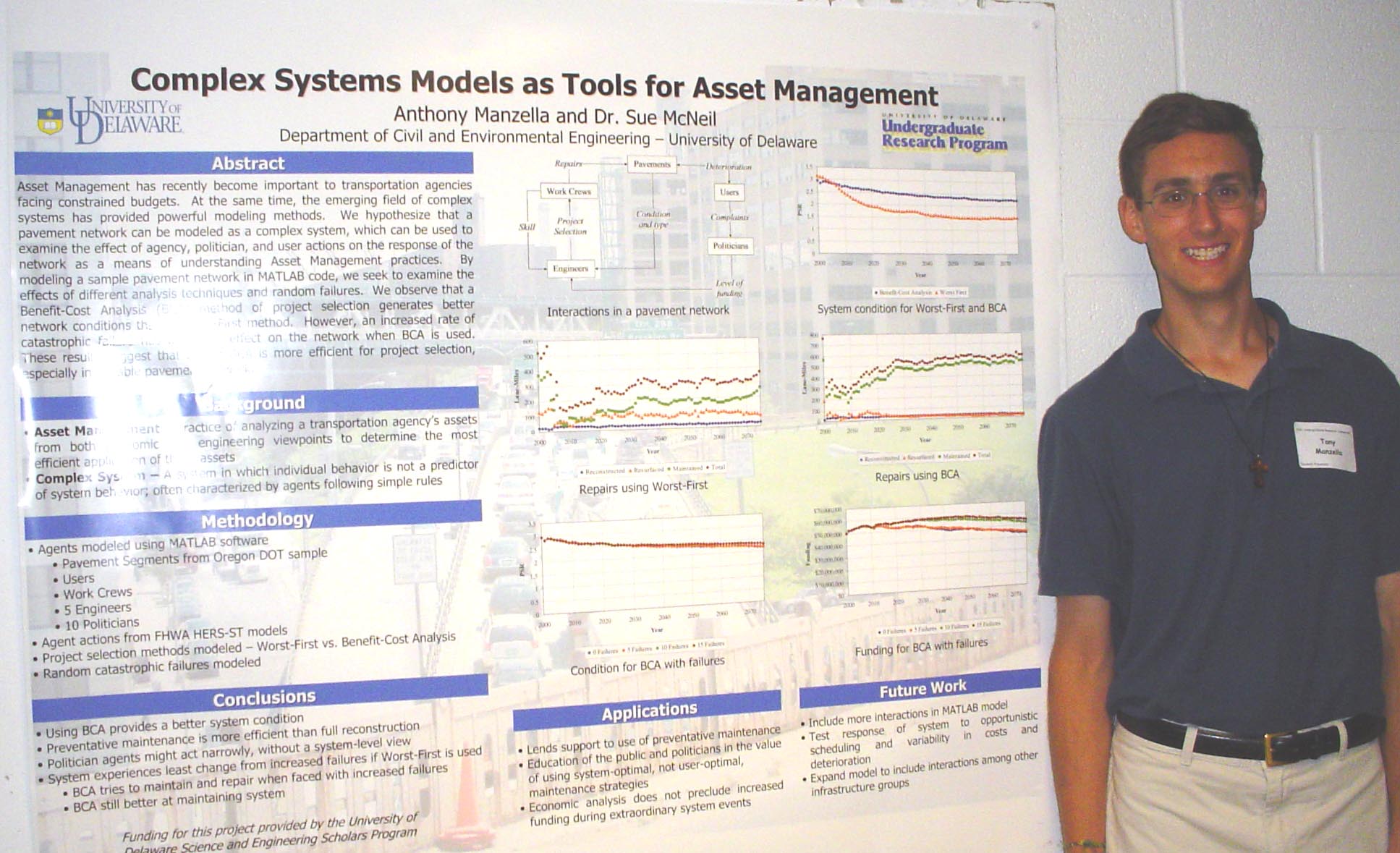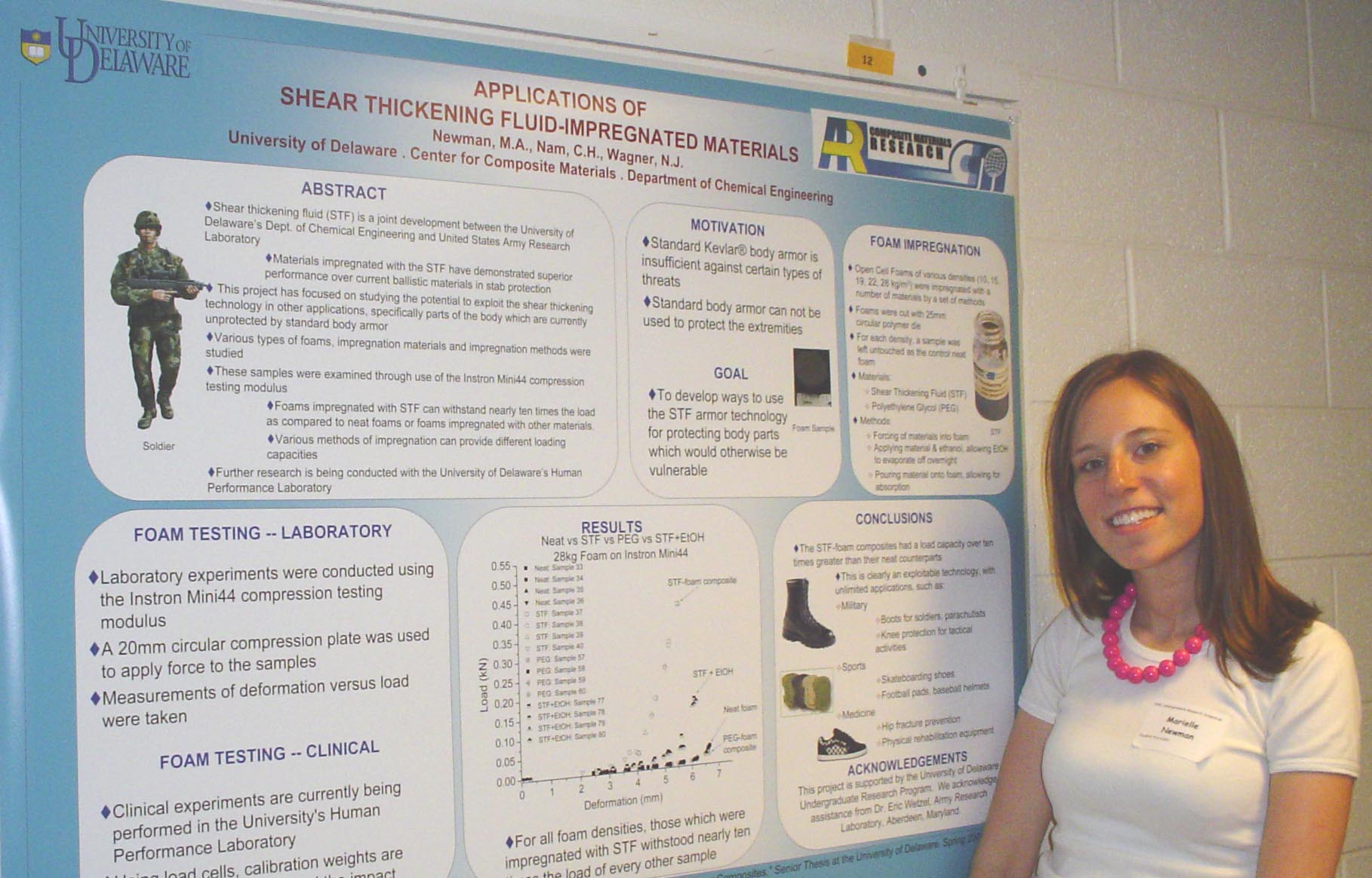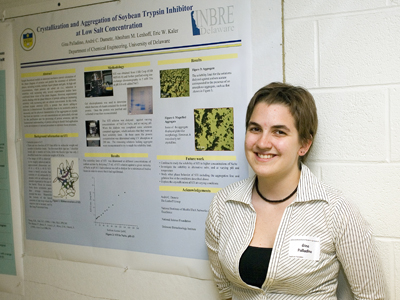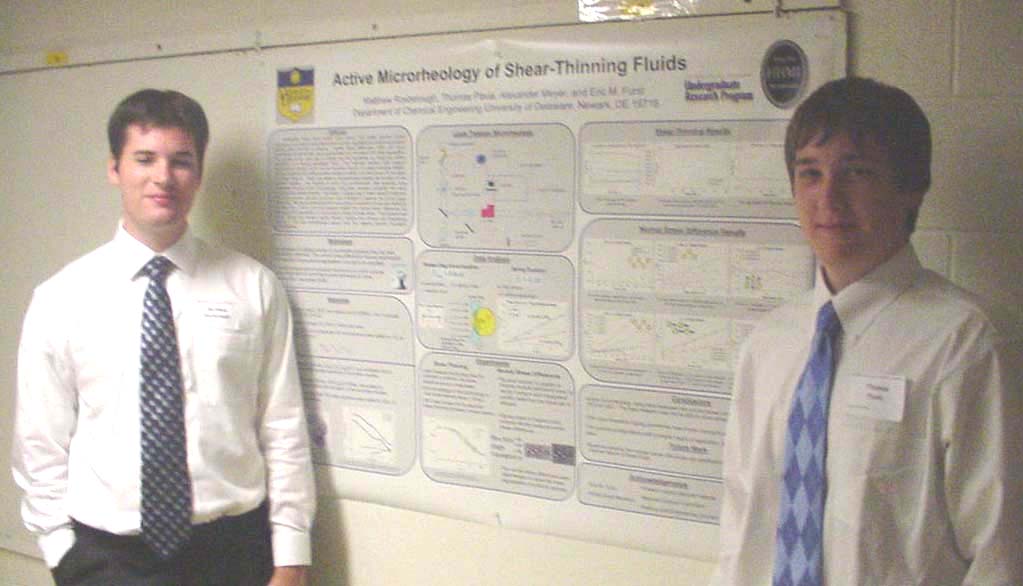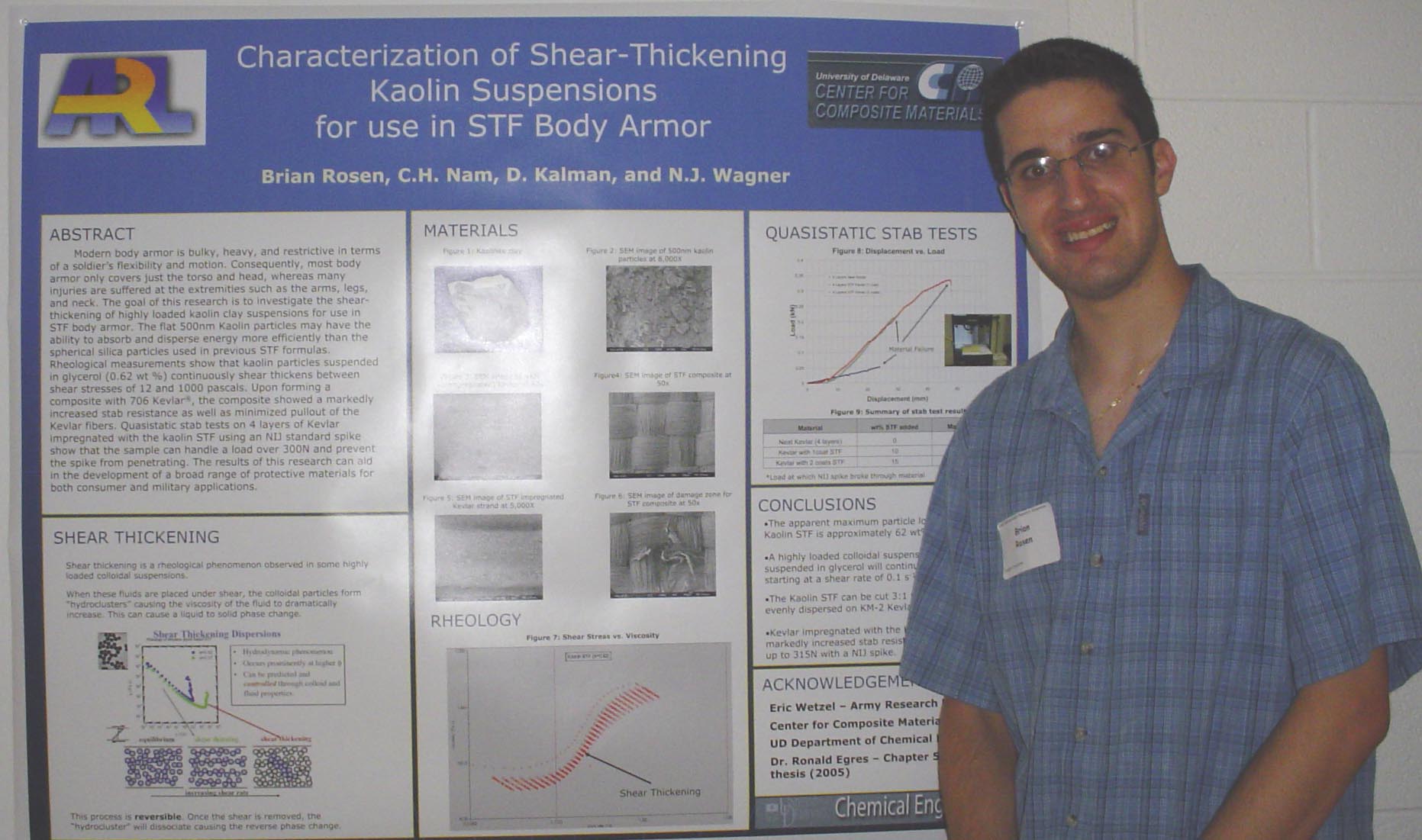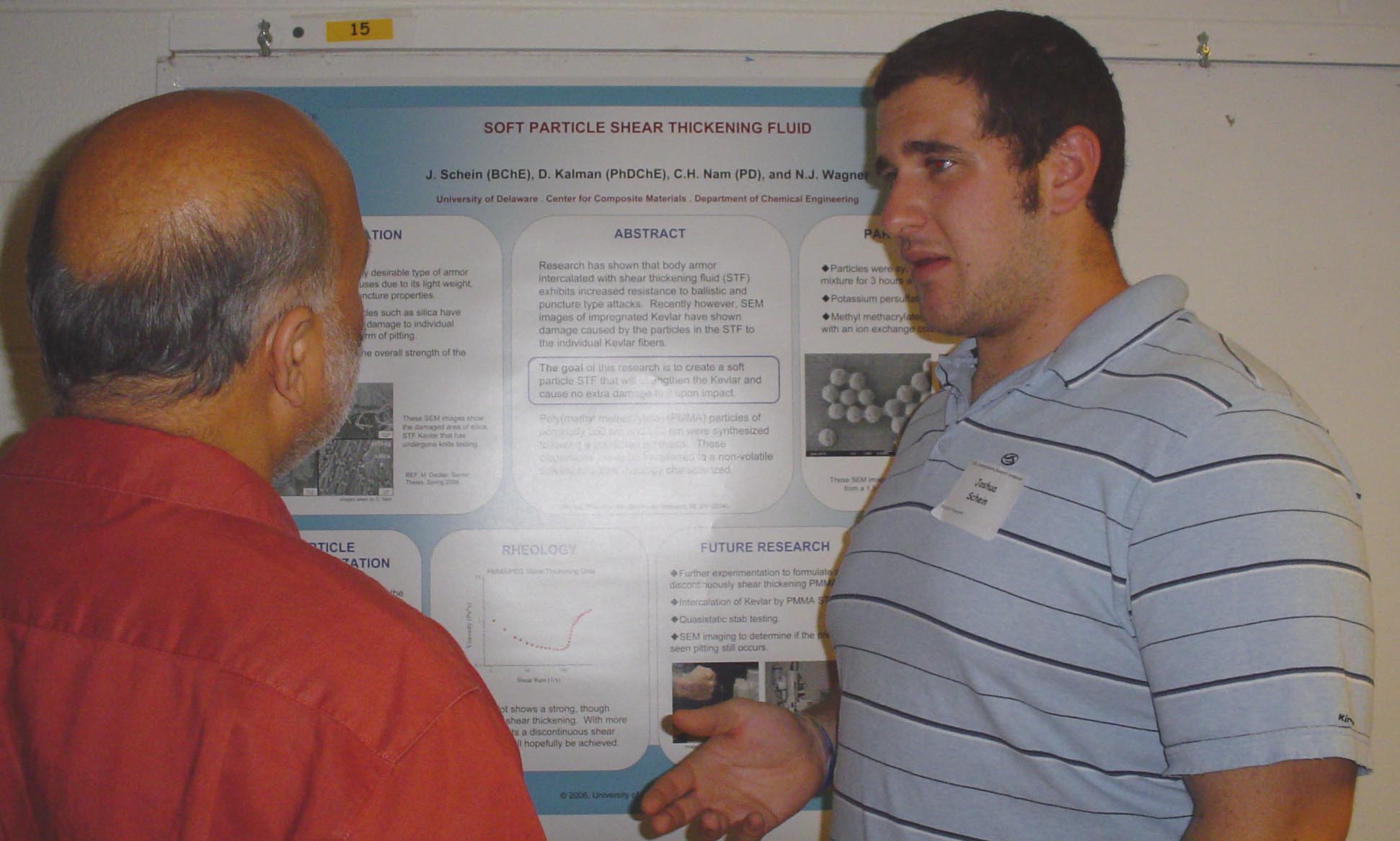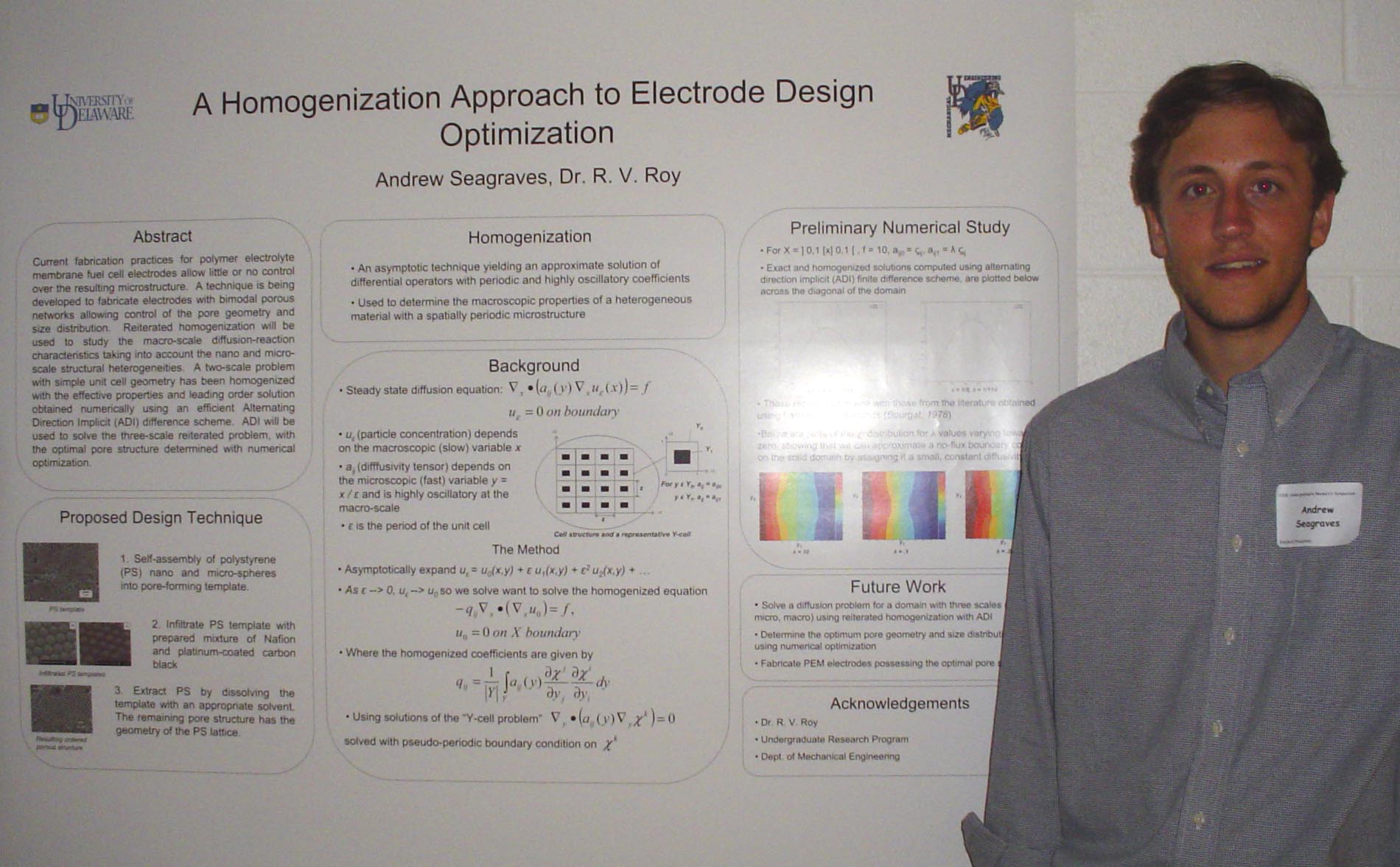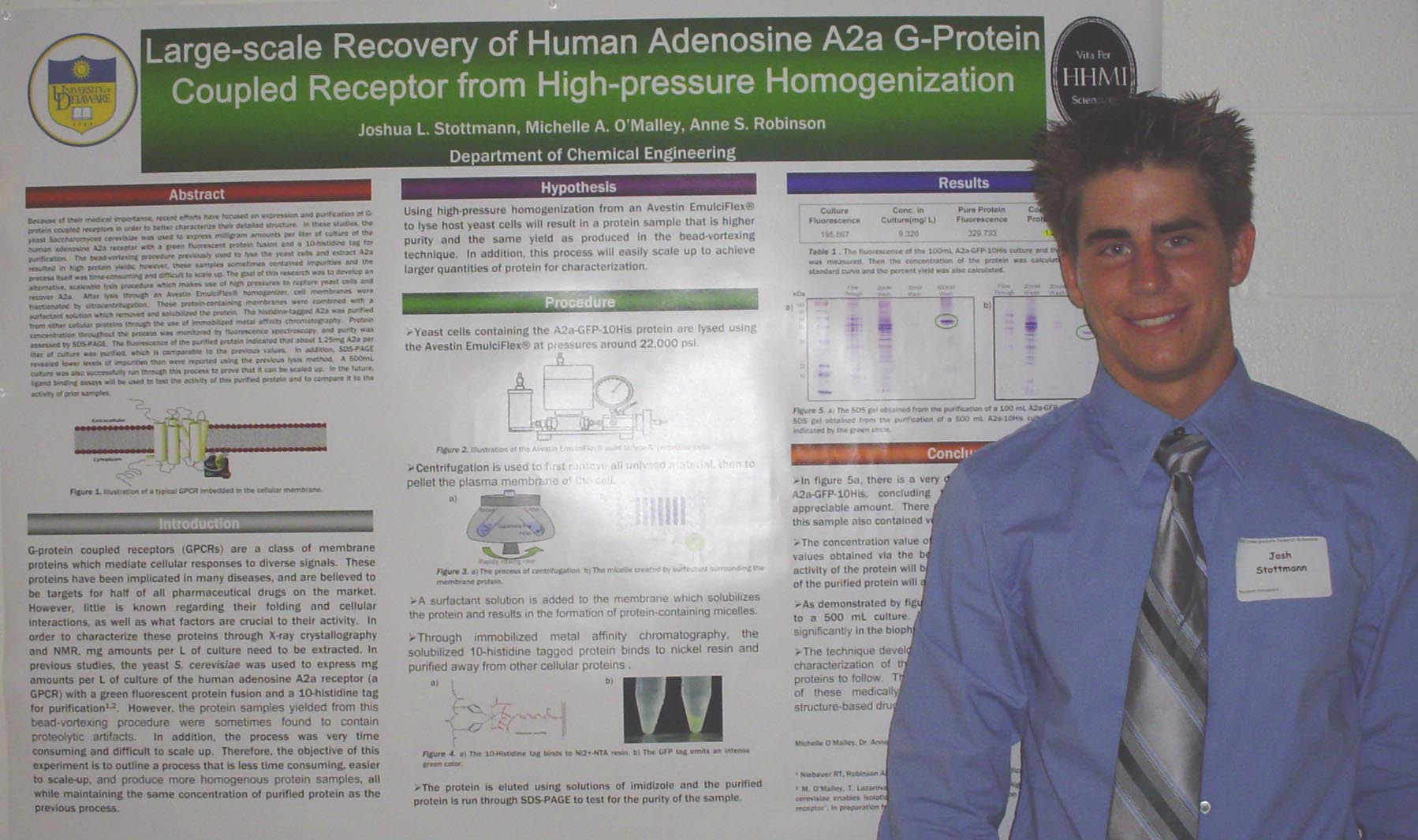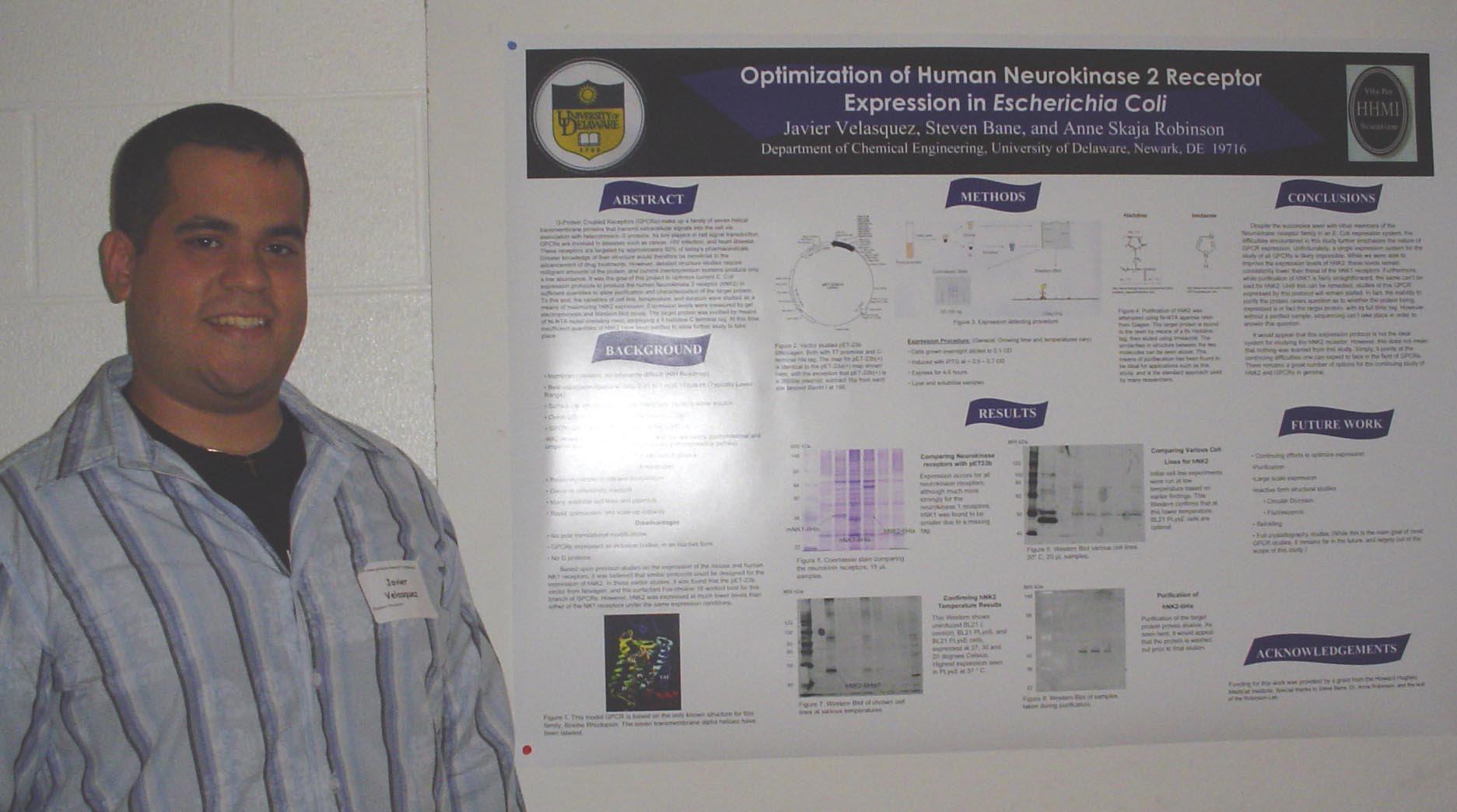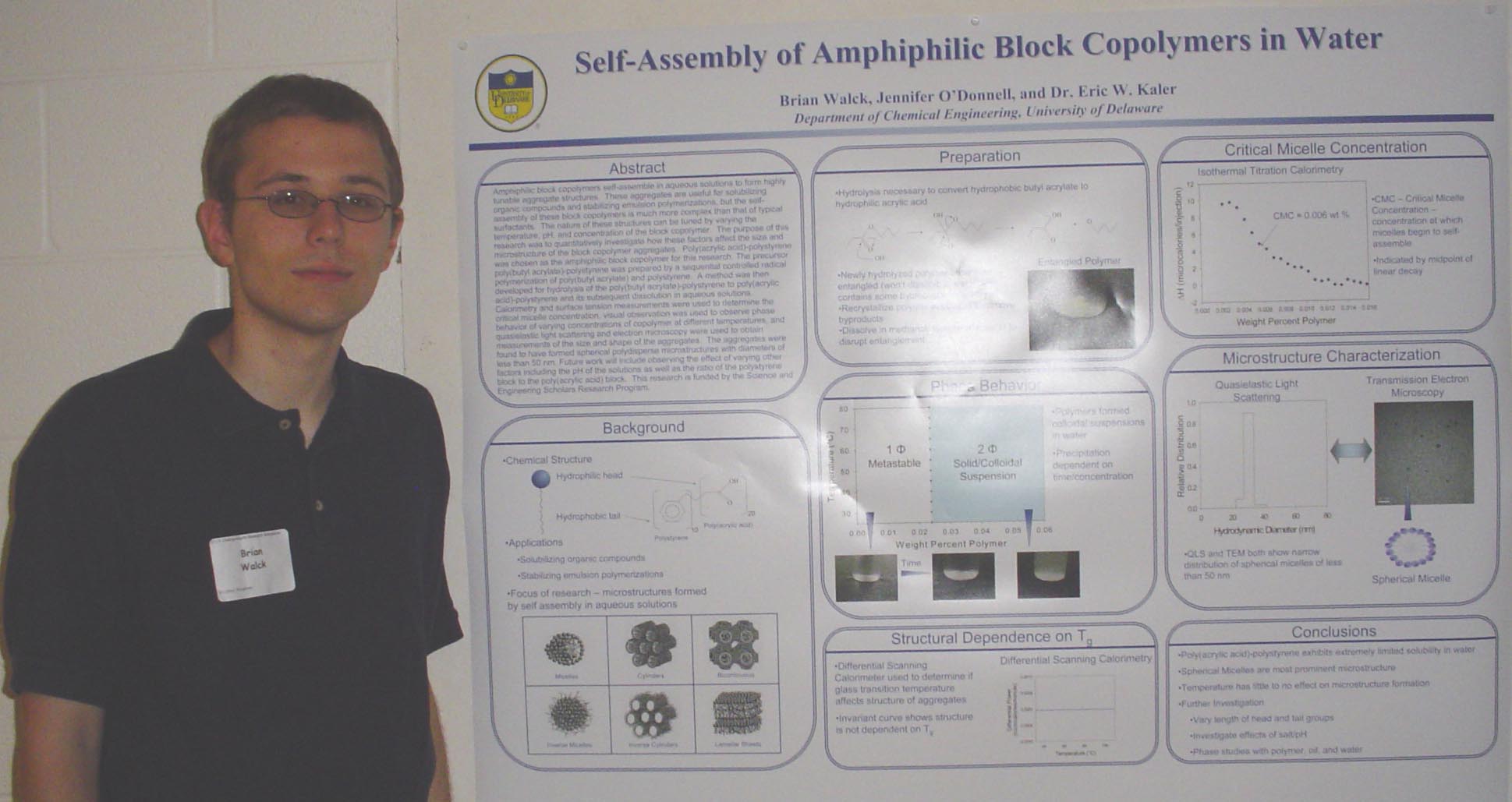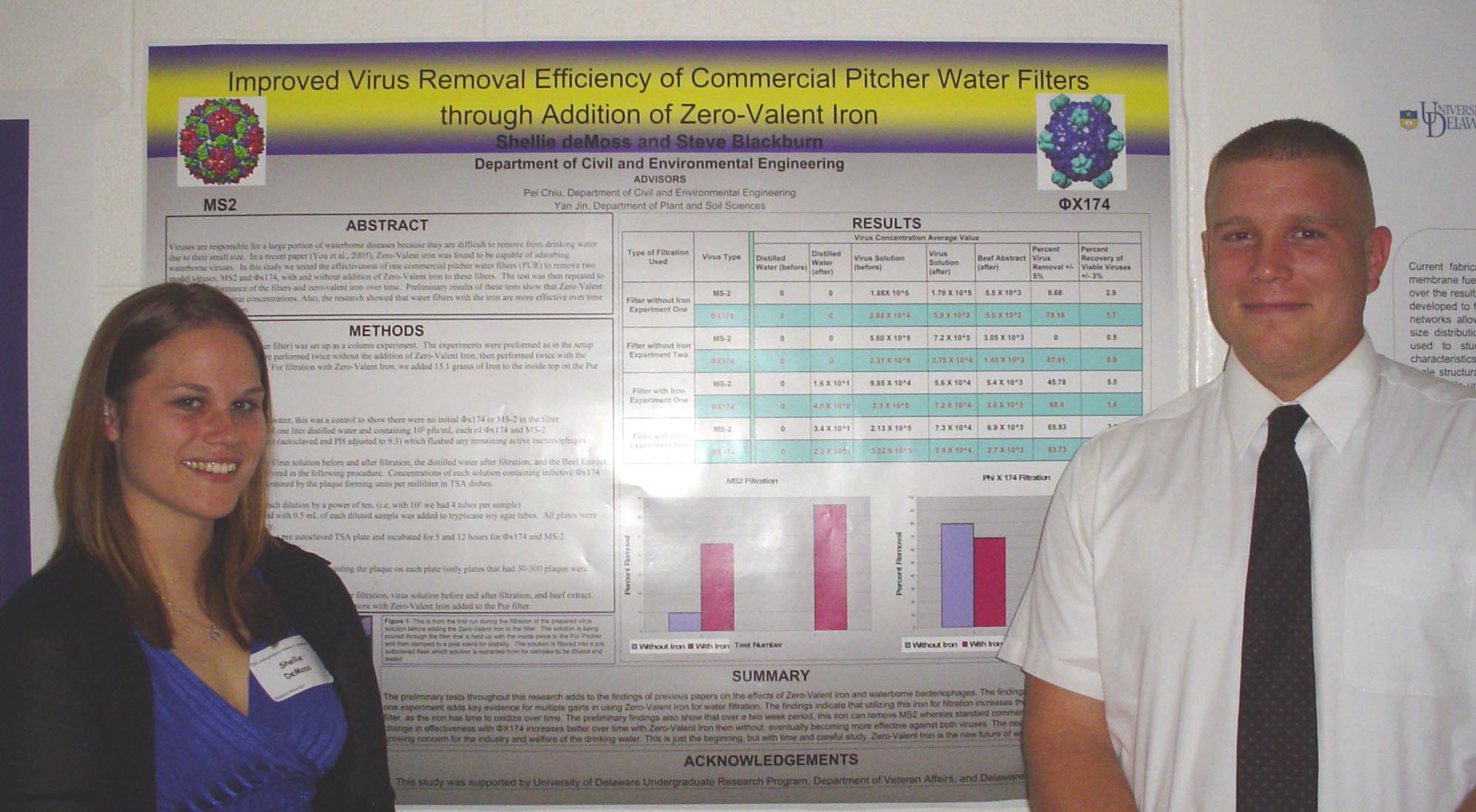 Improved Virus Removal Efficiency of Commercial Pitcher Water Filters through Addition of Zero-Valent Iron Shellie L. deMoss, Steve C. Blackburn, Pei Chiu, and Yan Jin1 Department of Civil and Environmental Engineering, 1Department of Plant and Soil Sciences Viruses are responsible for a large portion of waterborne diseases because they are difficult to remove from drinking water due to their small size. In a recent paper (You et al., 2005), zero-valent iron was found to be capable of adsorbing waterborne viruses. In this study we tested the effectiveness of two commercial pitcher water filters (PUR and Brita) to remove two model viruses, MS2 and x174, with and without addition of zero-valent iron to these filters. The test was then repeated to assess the performance of the filters and zero-valent iron over time. Preliminary results of these tests will be presented and their implications will be discussed. Funding for this project is by the Engineering and Science Undergraduate Research program and also the American Veterans association. Sponsors: |

